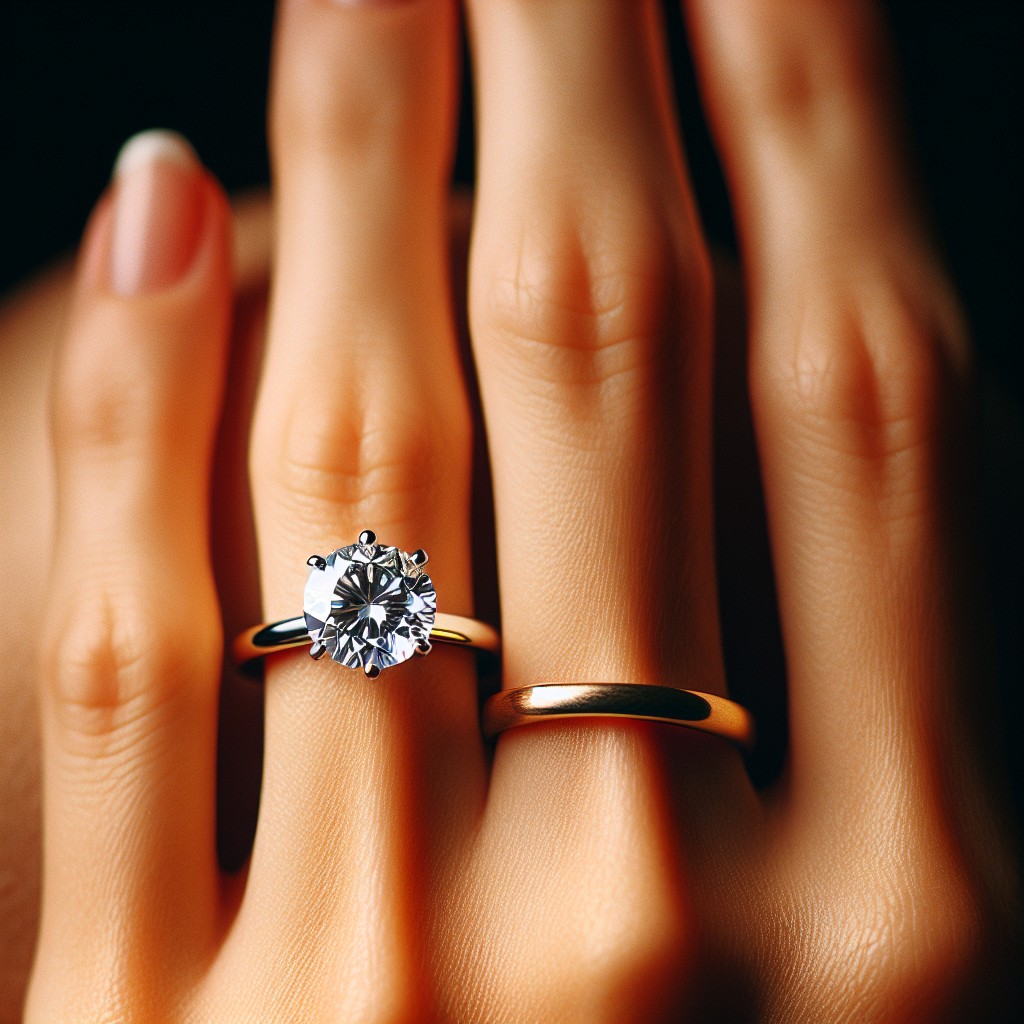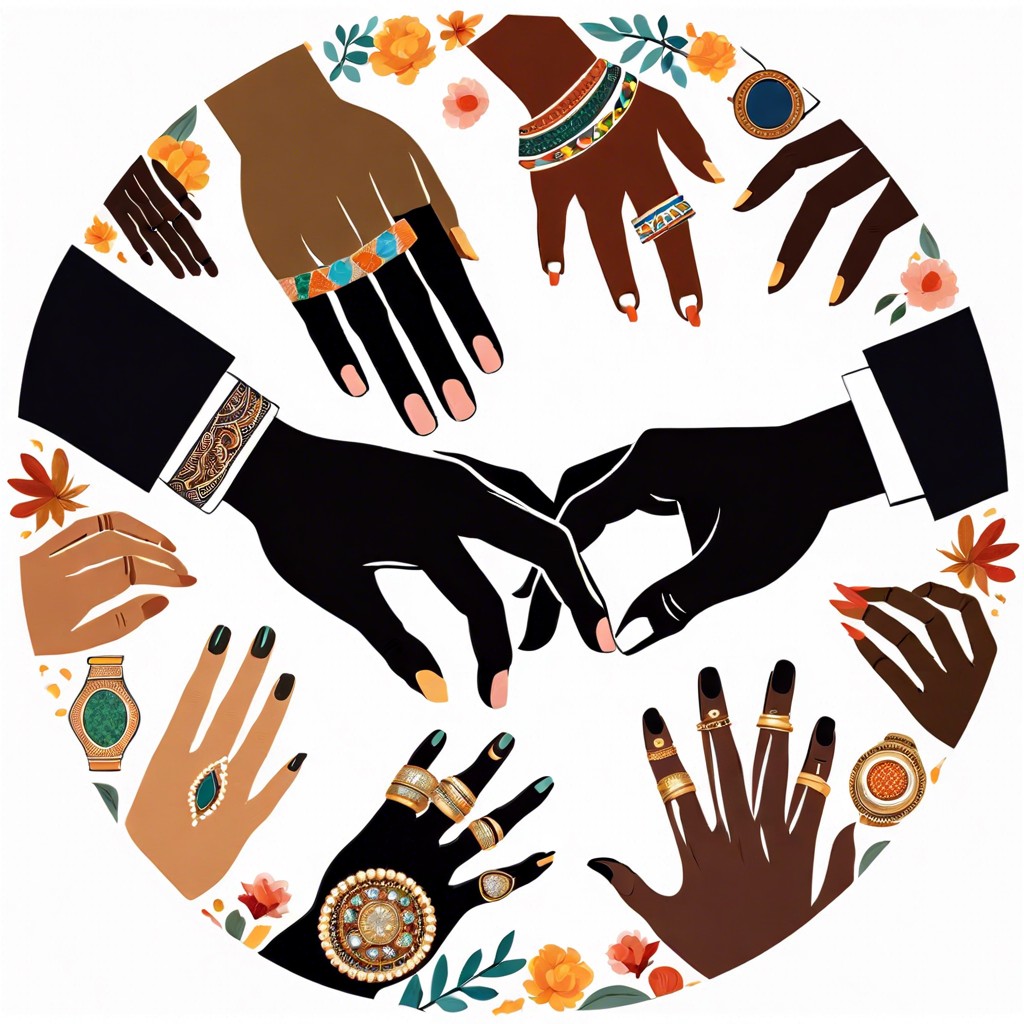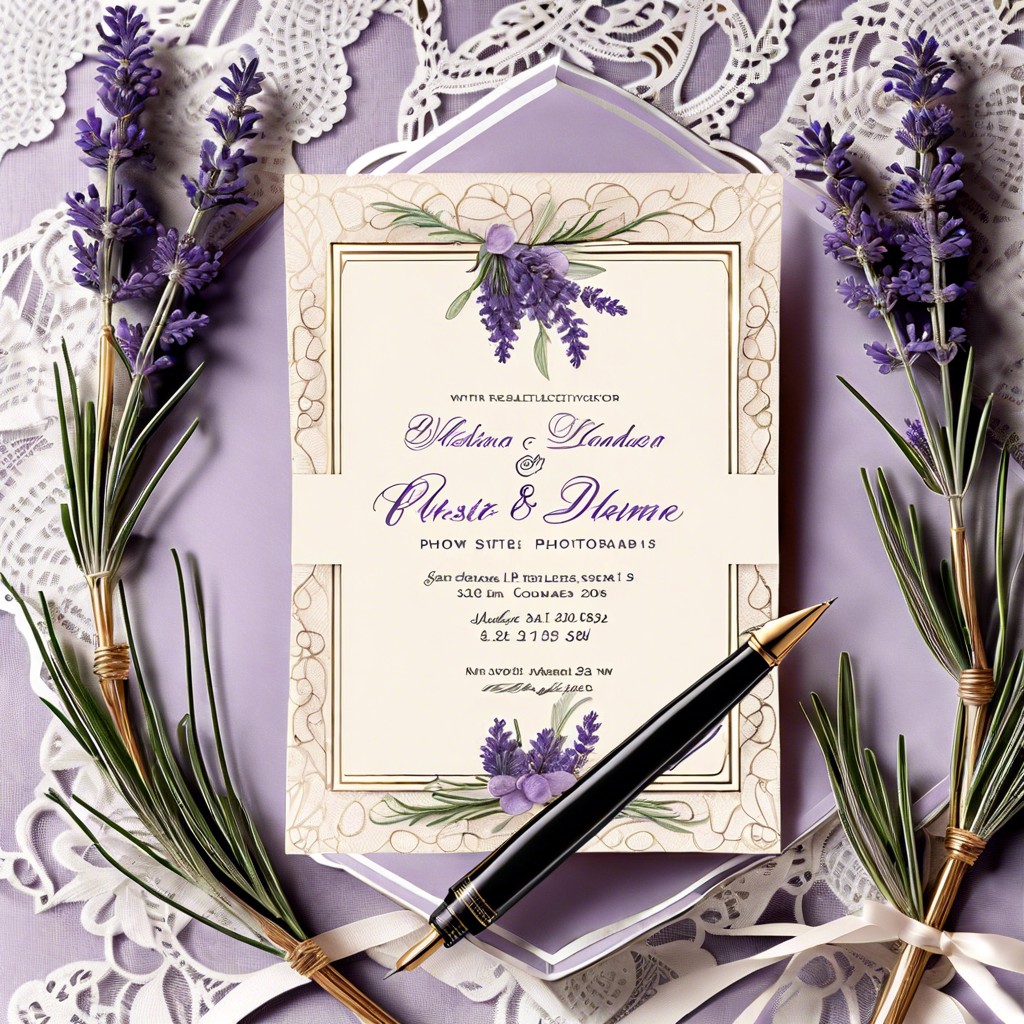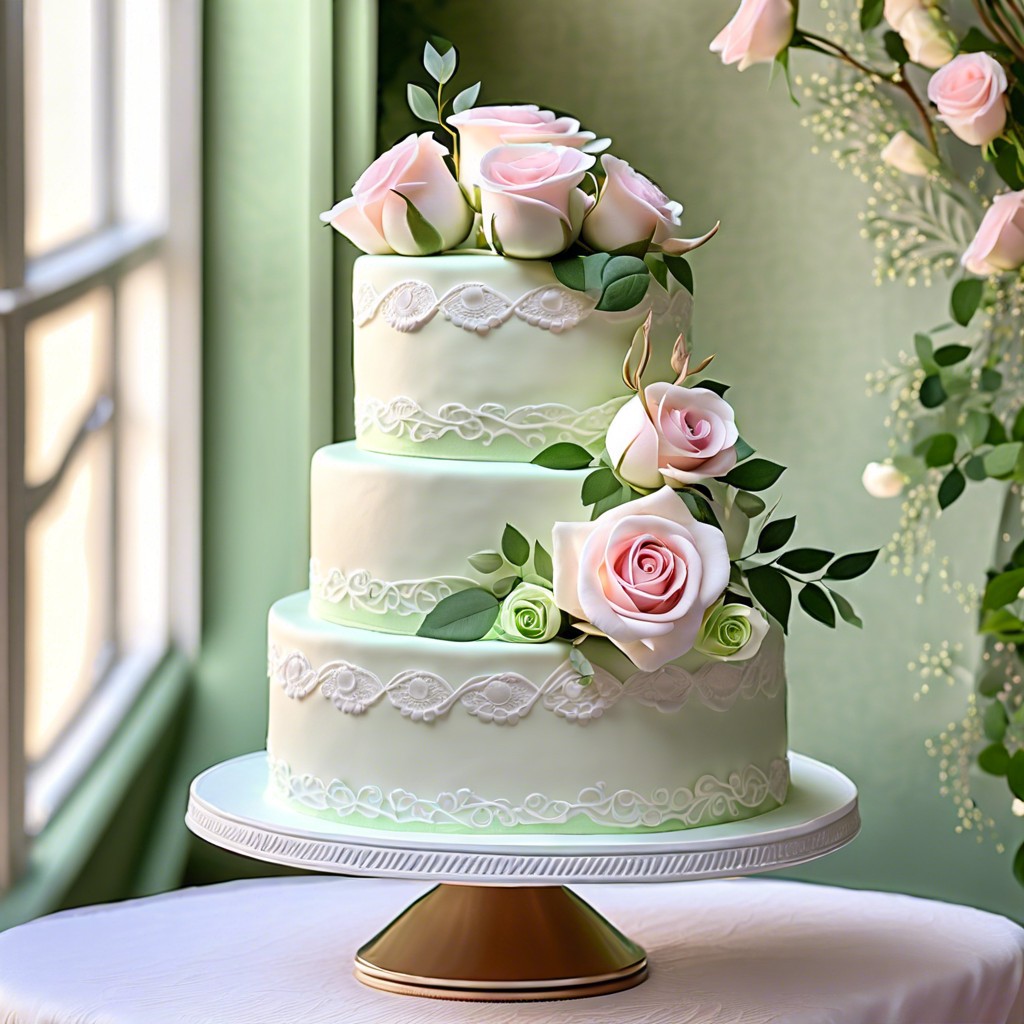Understand the differences between engagement rings and wedding rings, their significance, styles, and when to buy each.
Key takeaways:
- Engagement rings are given at the proposal, wedding rings during the ceremony.
- Wedding bands are simpler and often made of precious metal.
- Personal preferences and cultural significance influence the choice.
- Engagement rings are usually more expensive due to gemstones and design.
- Consider style compatibility, comfort, durability, lifestyle, and budget when buying.
The Differences Between Engagement and Wedding Rings

Engagement rings and wedding rings carry their own unique significance and are usually distinguished by their design and timing.
An engagement ring is typically presented at the proposal or shortly thereafter. It’s often more elaborate, featuring a prominent gemstone, usually a diamond, which symbolizes the commitment to marry.
In contrast, a wedding ring is exchanged during the wedding ceremony and symbolizes the official bond of marriage. These bands are usually simpler, designed to complement the engagement ring, and often made of precious metal without gems.
While both rings are worn on the third finger of the left hand, the wedding band is placed first, closer to the heart, with the engagement ring on top.
Couples can opt for matching or coordinating sets, or choose disparate styles that reflect their individual tastes.
Do You Need Both an Engagement Ring and Wedding Band?
Deciding whether to opt for both an engagement ring and a wedding band is a choice that varies for each couple. Tradition often dictates that an engagement ring is given at the proposal and a wedding band exchanged during the marriage ceremony. However, contemporary trends show that couples are finding ways to express their unique style and preferences.
- Custom or Combined: Some choose a single ring to serve as both the engagement ring and wedding band, while others look for bands that interlock with the engagement ring to create a cohesive look.
- Stylistic Variations: There’s a growing trend for wedding bands to be the more elaborate piece, while the engagement ring remains simple.
- Cultural Significance: The importance of either ring can differ based on cultural backgrounds, with some cultures placing more significance on the wedding band.
- Budget Considerations: When budgeting, remember that it’s not mandatory to have both. Your financial situation might influence your decision.
- Personal Preferences: Ultimately, your preference should guide your choice. If the idea of wearing two rings is unappealing or impractical for your lifestyle, you might choose just one.
Each option holds its own charm and significance. What matters most is the sentiment behind the choice and what best represents your bond with your partner.
Which Is More Expensive, an Engagement Ring or a Wedding Band?
Typically, engagement rings are more costly than wedding bands. This is primarily because engagement rings feature a prominent diamond or gemstone, which constitutes the bulk of the ring’s value. In contrast, wedding bands are often simpler in design, sometimes consisting of a plain metal band or one with smaller stones.
Here’s a concise breakdown to appreciate the price differences:
- Gemstones: Engagement rings often boast larger, high-quality diamonds or other precious gems, while wedding bands may have decorative stones that are smaller and less expensive.
- Metal: The choice of metal can affect the cost, but since engagement rings generally have more intricate designs and settings, they use more metal which drives up the price.
- Craftsmanship: The complex designs of engagement rings can require more skilled craftsmanship, thereby increasing the cost compared to the usually more straightforward wedding bands.
- Brand: Designer engagement rings come with a premium price for the name and the design exclusivity, whereas wedding bands have a wider range of prices and often less brand-driven pricing.
Remember, while the general trend is for engagement rings to be pricier, variations exist depending on individual choices and customizations.
What to Keep in Mind While Buying an Engagement Ring and a Wedding Band?
Consider Style Compatibility: Make sure the engagement ring and wedding band complement each other. Some prefer to purchase a bridal set to ensure a matching style.
Prioritize Comfort and Fit: Try on different bands to see how they feel against the engagement ring. A good fit is crucial for everyday wear.
Think Long-Term Durability: Choose materials that stand the test of time. Platinum and gold are popular for their enduring quality.
Factor in Lifestyle: Remember to factor in how the rings fit in with daily activities. If you’re active or use your hands a lot for work, consider a lower profile that won’t catch and more durable materials.
Budget Wisely: Decide on a budget for both rings together to ensure you don’t overspend on one and skimp on the other.
Consider Future Upgrades: Some opt for a simpler band initially with the plan to upgrade on an anniversary.
Explore Customization: Personalizing rings with engravings or unique designs can add special significance.
Remember Resizing: Keep in mind that finger sizes can change over time; choose a ring that can be resized if necessary.
Identify Warranties and Services: Look into what warranties and services (like cleaning and repairs) are included with the purchase of your rings.



